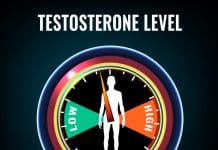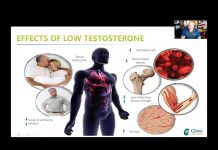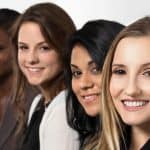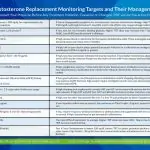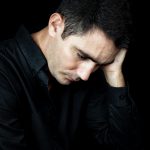Comment: 125 mg per week was the lowest dose that provided statistically significant changes in lean body mass and fat mass.
PAPER ATTACHED
Testosterone dose-response relationships in healthy young men.Bhasin S, et al.
Am J Physiol Endocrinol Metab. 2001 Dec;281(6):E1172-81.
Full paper PDF attached below.
Abstract
Testosterone increases muscle mass and strength and regulates other physiological processes, but we do not know whether testosterone effects are dose dependent and whether dose requirements for maintaining various androgen-dependent processes are similar.
To determine the effects of graded doses of testosterone on body composition, muscle size, strength, power, sexual and cognitive functions, prostate-specific antigen (PSA), plasma lipids, hemoglobin, and insulin-like growth factor I (IGF-I) levels, 61 eugonadal men, 18-35 yr, were randomized to one of five groups to receive monthly injections of a long-acting gonadotropin-releasing hormone (GnRH) agonist, to suppress endogenous testosterone secretion, and weekly injections of 25, 50, 125, 300, or 600 mg of testosterone enanthate for 20 wk.
Energy and protein intakes were standardized.
The administration of the GnRH agonist plus graded doses of testosterone enanthate injections resulted in mean nadir (lowest level in the week) testosterone (ng/dL) concentrations of:
253 for 25 mg/week
306 for 50 mg/week
542 for 125 mg/week
1,345 for 300 mg/week
and 2,370 ng/dl for 600 mg/week
Fat-free mass increased dose dependently in men receiving 125, 300, or 600 mg of testosterone weekly (change +3.4, 5.2, and 7.9 kg, respectively). The changes in fat-free mass were highly dependent on testosterone dose (P = 0.0001) and correlated with log testosterone concentrations (r = 0.73, P = 0.0001).Changes in leg press strength, leg power, thigh and quadriceps muscle volumes, hemoglobin, and IGF-I were positively correlated with testosterone concentrations (meaning they increase proportionally with increase T dose), whereas changes in fat mass and plasma high-density lipoprotein (HDL) cholesterol were negatively correlated (they decreased with higher T doses).
Sexual function, visual-spatial cognition and mood, and PSA levels did not change significantly at any dose. (This is surprising, but we should remember these are young healthy men who had normal testosterone at start of the study).
We conclude that changes in circulating testosterone concentrations, induced by GnRH agonist and testosterone administration, are associated with testosterone dose- and concentration-dependent changes in fat-free mass, muscle size, strength and power, fat mass, hemoglobin, HDL cholesterol, and IGF-I levels, in conformity with a single linear dose-response relationship. However, different androgen-dependent processes have different testosterone dose-response relationships.
How long does testosterone take to show effects?






